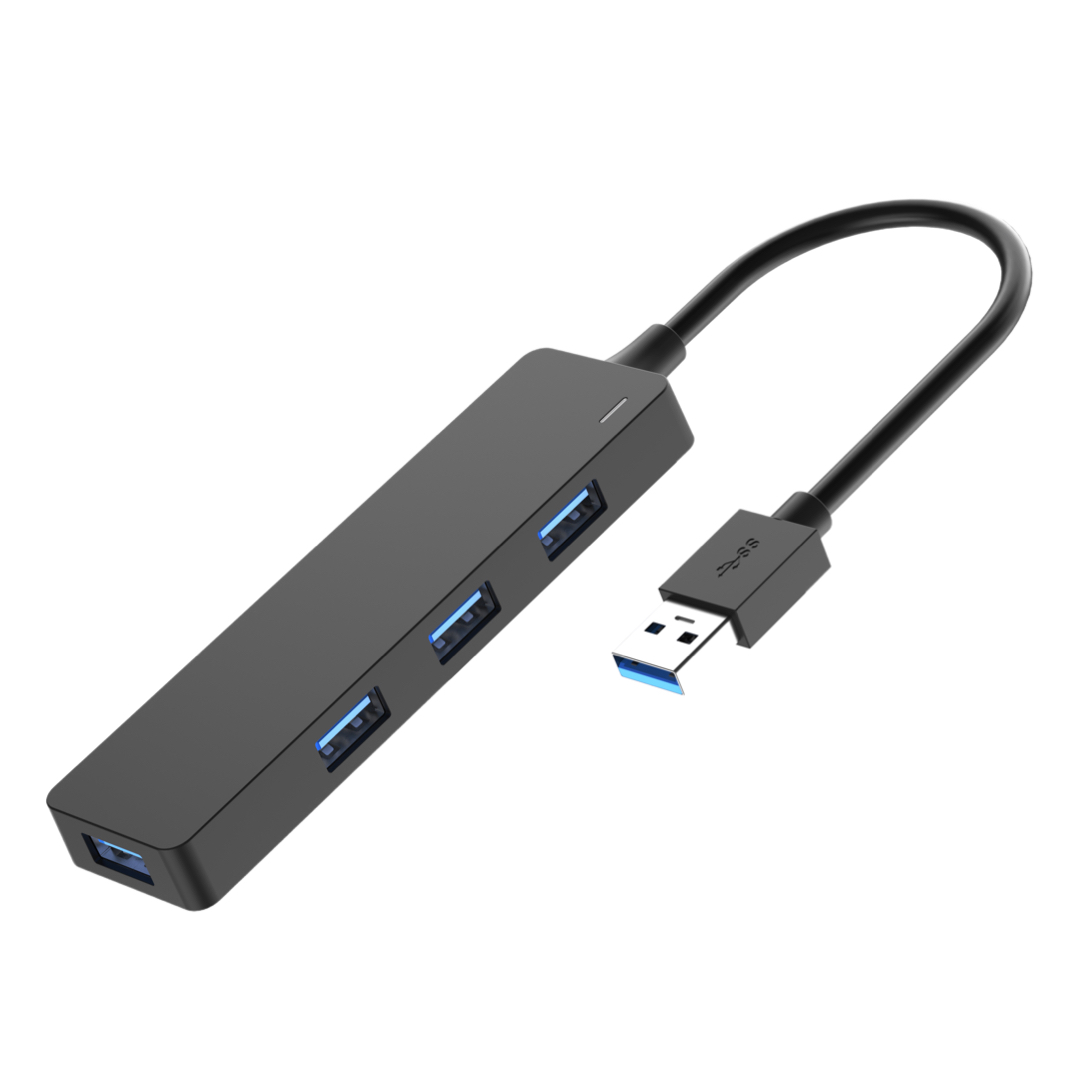When choosing between USB 3.0 and USB-C hubs, it’s important to understand the key differences to make the best decision for your devices. As a leading manufacturer, WorldPass offers both types of hubs, but USB-C is increasingly becoming the preferred option for modern devices. Here’s a breakdown of the differences:
1. Connector Type
The most obvious difference between USB 3.0 and USB-C hubs is the connector itself.
- USB 3.0 Hubs use the traditional rectangular Type-A connector that has been in use for years.
- USB-C Hubs feature the smaller, reversible Type-C connector, which can be plugged in either direction. This makes it much more convenient to use.
2. Compatibility
- USB 3.0 is compatible with older devices that have USB-A ports. It’s great for connecting legacy devices such as keyboards, mice, and external hard drives.
- USB-C is designed for modern devices, such as the latest laptops, smartphones, and tablets. It supports newer technologies like Thunderbolt 3 and DisplayPort.
3. Power Delivery
One of the standout features of USB-C hubs is their ability to deliver power to devices, which is not a standard feature in most USB 3.0 hubs.
- USB-C can provide up to 100W of power, enabling users to charge their laptops or devices while using other ports at the same time. This makes it a more versatile option for power-hungry devices.
- USB 3.0 hubs, on the other hand, usually do not support power delivery.
4. Data Transfer Speeds
- USB 3.0 can support data transfer speeds of up to 5Gbps, which is sufficient for most general applications.
- USB-C, when integrated with USB 3.1 or 3.2 standards, can achieve speeds of up to 10Gbps or more, providing faster data transfer for high-speed devices like SSDs or 4K video streaming.
5. Video Output
USB-C hubs have an advantage when it comes to video output. They can support up to 4K resolution via HDMI or DisplayPort. This feature makes USB-C hubs ideal for connecting multiple monitors or external displays. In contrast, USB 3.0 hubs generally do not support video output.
6. Future-Proofing
As technology evolves, USB-C is rapidly becoming the industry standard. Many newer laptops and smartphones now exclusively feature USB-C ports, making USB-C hubs more forward-compatible. While USB 3.0 hubs may still be useful for older devices, investing in a USB-C hub ensures you are prepared for future technological advancements.

Why Choose WorldPass Hubs?
WorldPass provides high-quality USB 3.0 and USB-C hubs designed for durability, efficiency, and versatility. Our USB-C hubs are equipped with features like power delivery, high-speed data transfer, and multi-monitor support, making them ideal for both personal and professional use.
Conclusion
When choosing between a USB 3.0 and a USB-C hub, consider your devices’ compatibility, power needs, and future requirements. While USB 3.0 hubs are great for older devices, USB-C hubs offer superior performance, faster speeds, and greater versatility, making them the better choice for most modern devices.
For more information on our USB-C hubs, visit the WorldPass website.



